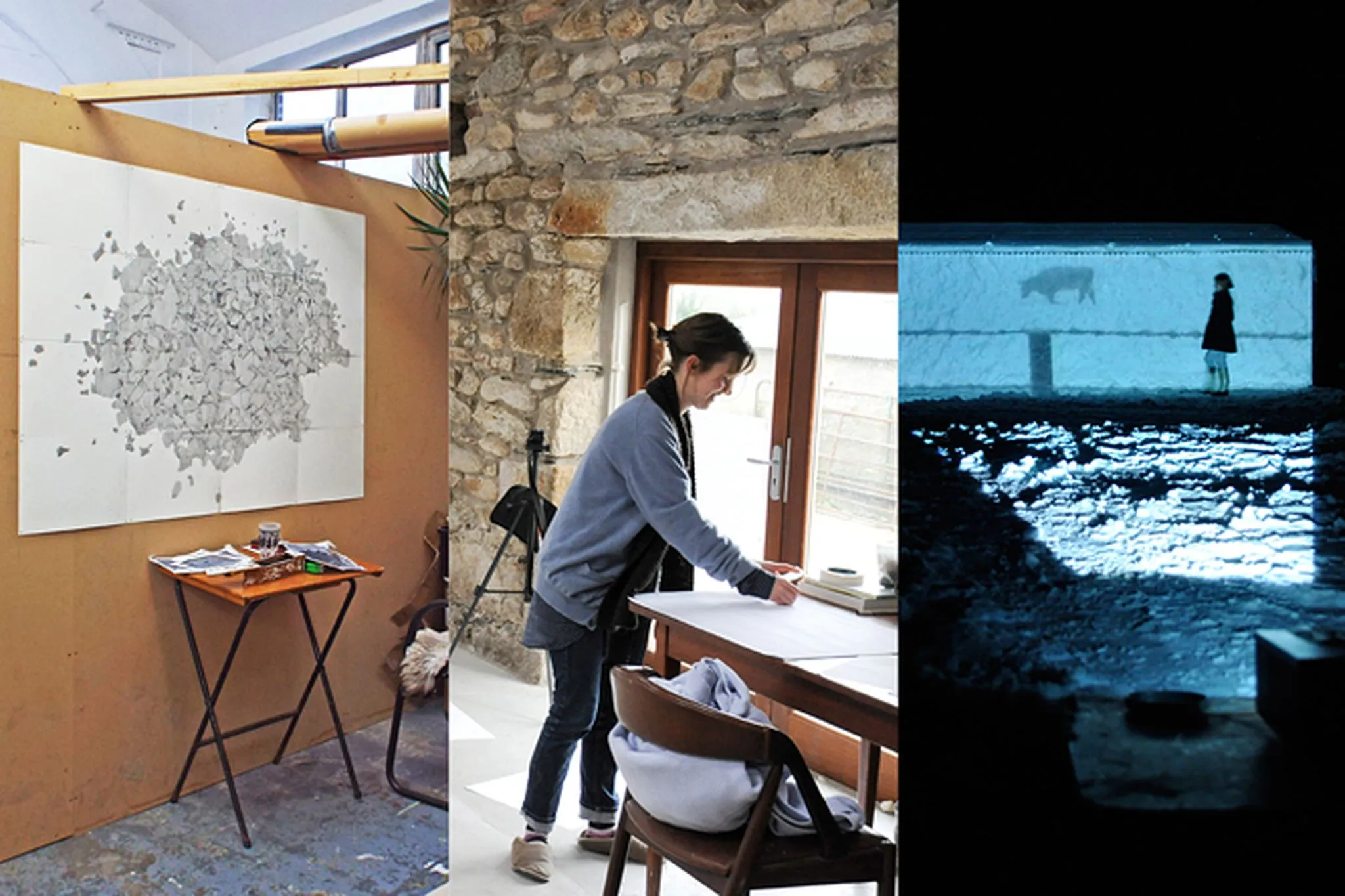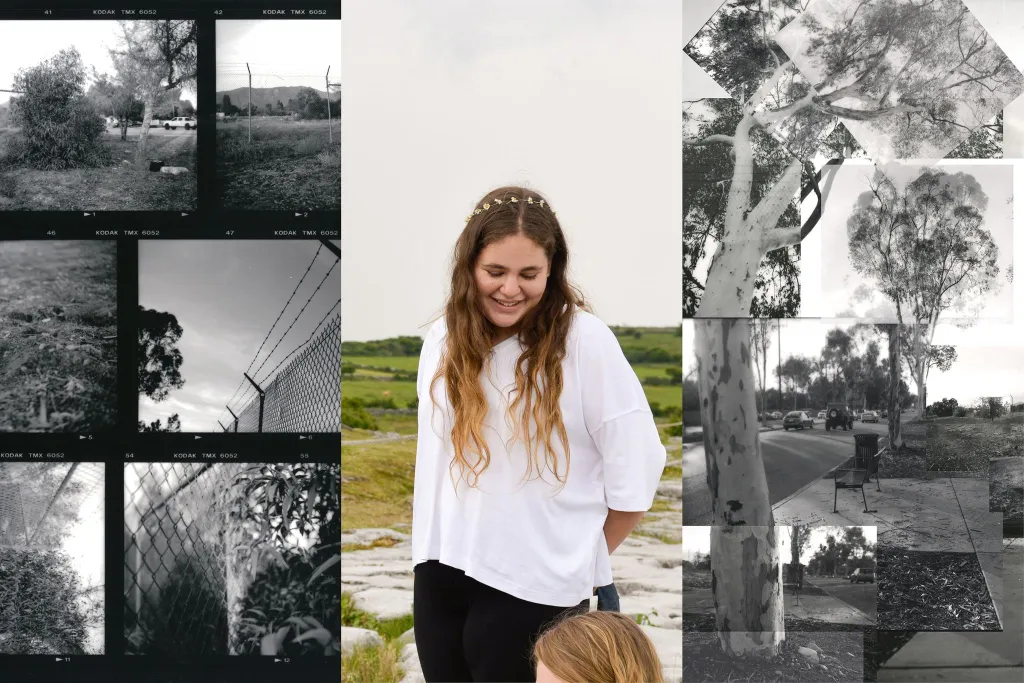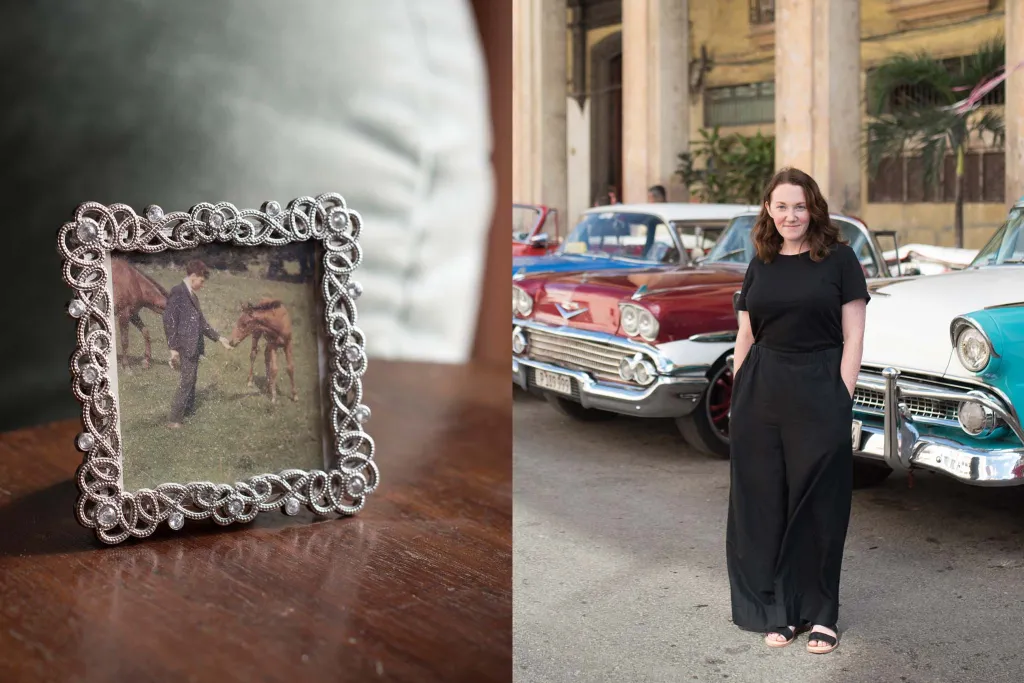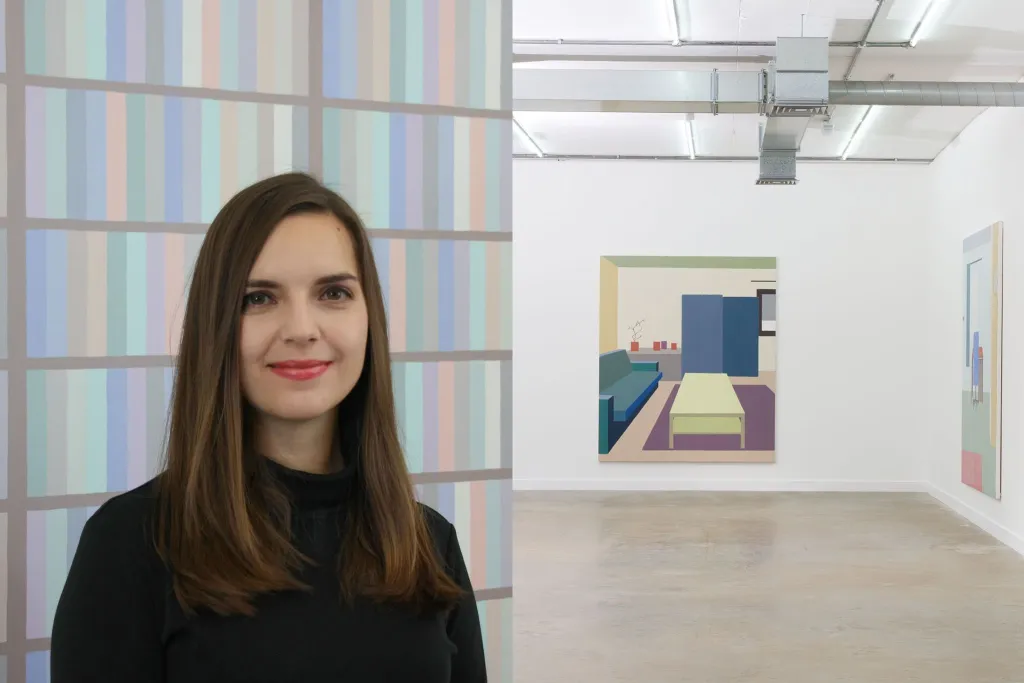Laurie Lax

Laurie was a participant in our 2010 artist residency. She was born in Canterbury, UK 1987, and graduated in Fine Art from Bath School of Art & Design 2010. Based at BV Studios in Bristol, Laurie has exhibited nationally in London, Bristol, Chester and Dundee and internationally in Poland, Ireland and Germany. She co-founded multidisciplinary collective Sondryfolk, collaborative artist group DFW (Dowsing for Water) and is a current member of Spike Associates.
CHS: What have you been working on most recently? Can you describe a bit about your process and the themes you’ve been exploring?
LL: A maquette of a tiny hand-drawn book about the species of lichen called Usnea. During my recent residency in southern Lapland, I noticed this eerie plant hanging down like old men’s beards from ancient forest trees (ancient forests because it grows so slowly). Although it goes relatively unnoticed, lichen acts as a subtle yet hardy indicator to the health of the environment i.e the cleanliness of the air and rich bio-diversity. Apart from its aesthetic appeal, I like that it’s not one thing: it lives symbiotically, as an amalgam of fungus and algae, which I have illustrated in the book’s palindromic layout. I am playing with how time is reconciled with the book format of having a beginning and end. This is a continuation of my practice, which primarily explores durational and sensory experience of time, through process and compositional choice.
Whilst in Sweden I learned that reindeer depend on this type of lichen for survival, because they can dig down for it in the forests mid-winter and eat it hanging off the trees. In turn the indigenous Saami Reindeer herder livelihood’s depend on it too. This is currently being threatened by modern land ownership, mining and large scale logging operations all over the ancient Saami land – an area that spans over five countries. There is an environmental awareness in what I do.
CHS: What is your most vivid memory from your time here in Ireland? How did your residency at Cow House inform you as an artist?
LL: The video screening of Hen House. In the last week of my stay at Cow House Studios, it snowed heavily which excited the opportunist in me. Initially the work existed as a performative drawing, in which I threw snowballs at the side of the hen house until covered. Later that evening the snow screen was used to project a series of short videos, which were recorded in the same snowy landscape. The other three artists-in-residence and the O’Gorman family were invited to watch the films over hot toddies and playful interaction with the projections took place. I have transcribed the whole conversation from a video, which still makes me laugh if I read it over. This particular memory taught me about the potency of art-interaction in rural environments. Also the value of responses from people who are not exclusively art-educated. The spontaneity that occurred is something I strive for with my work and I seek to make an experience that is temporary, rather than a ‘finished piece’. This experience is very much behind the reasons for putting on events with my collective Sondryfolk.
CHS: You have been on several residencies. What is most beneficial about this time away from home and your own studio?
LL: I am aware that residencies come in an endless variety of forms but personally they are an opportunity for me to abandon ‘the everyday’ for a while, in order to achieve sensitivity. Sensitivity to all the things I see and the people I meet. Its like stolen time in which I can experiment freely into the unknown, whereas working from my studio in Bristol, I tend to set projects for myself and meet exhibition deadlines. That is largely because I do not earn enough from my art practice to support my living expenses, so I juggle my practice with a variety of jobs. For me it is a way of travelling that is more focused and more of an exchange.
CHS: What advice would you have for artists interested in applying to residency programmes?
LL: Be open and flexible and apply to as many as possible. If you are required to write a proposal, although you may have a strong idea of what you want to make, leaving space for the incidental to influence your work is important. I think that all artists benefit from residencies but watch out for ones that charge you an exorbitant fee as there are types that suit artists in all stages of their careers. Have courage and don’t underestimate your practice. Additionally, as I discovered with the Cow House Studios residency, being in a rural place is not necessarily solitary if that is a concern!
CHS: Beyond your own practice you have been involved with artist collectives and curation. How does this activity help your own process?
LL: My process is very solitary, meditative and lengthy. This would not be very sustainable if I did not make the effort to get outside of my own practice by collaborating with others. Sometimes I question whether I enjoy the curation and collective work more, but then does making work always have to be enjoyable? Working with others means joint responsibility to realize projects, so there are fewer opportunities to back down or forget an idea!
I am also interested in discovering the transferable qualities and processes with other art forms – such as with musicians or performance artists. Working closely with other artists gives me a privileged insight into their practice so I can reflect on my own. I believe I can learn as much from them as I can from another drawer. For example, we recently invited a traveling foundry artist-duo called Ore+Ingot to perform a live bronze casting of a bell at a festival, which gave me a renewed appreciation of the skill and specialist knowledge involved with making artwork. This pushes me to consider the skill and specialist knowledge within my own practice.
Working collectively allows me to imagine my work outside of usual art contexts i.e woodland, churches, and empty shop spaces, offering new environments in which audiences can encounter art. Successful curation activates artwork, seeing where my work sits in relation to other artists and contexts is important to consider.


